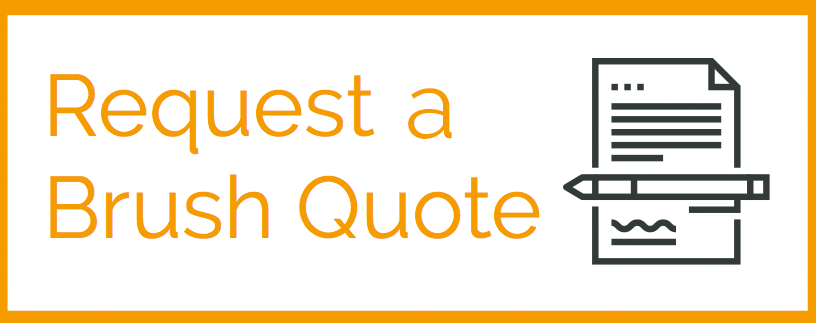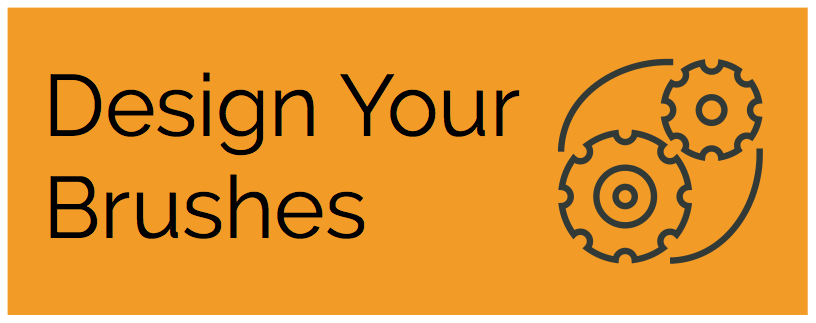- Stock Brushes
- Custom Brushes
- Brushes By Shape
- Brushes By Type
- Metal Channel Strip Brushes
- Flexible Strip Brushes
- Artist Brushes
- Staple Set Brushes
- Wire Drawn Brushes
- Conductive & Antistatic Brushes
- Anti Static Hand Held Brushes
- Anti Static Pencil Brushes
- Anti Static Strip Brushes
- Conductive Strip Brushes Brass
- Conductive Strip Brushes Thunderon
- Conductive Strip Brushes Conductive Nylon
- Conductive Hand Held Brushes
- Conductive Strip Brushes Stainless Steel
- Conductive Pencil Brushes
- Dissipative Brushes
- Dissipative Nylon Strip Brushes
- Dissipative Nylon Push Broom
- Insulative Strip Brushes
- Insulative Pencil Brushes
- Insulative Hand Held Brushes
- Titanium Brushes
- Twisted In Wire Brushes
- Epoxy Wound Brushes
- Step by Step Brush Design
- Common Uses
- Brush Holders
- Brush Info
- Design Sheets
- About Us
- Contact Us
Twisted in Wire Brushes | Precision Brush
Stock Twisted in Wire Brushes
Twisted-in-wire brushes are commonly referred to by our customers as tube brushes, bottle brushes, pipe brushes, or internal cleaning brushes. Our standard brushes are suitable for both hand-held use and for use in power tools; including drills, drill presses and CNC machining centers.
Twisted-in-wire brushes are made by placing bristle material in between the stem wires and then twisting the stem wires tightly, which secures the filament. With our custom, made-to-order twisted brush capabilities, we can easily adjust the length and diameter of the brush. Combined with our many filament options, the possibilities for your twisted-in-wire brush are practically limitless.
Important: Reversing a twisted-in-wire brush may loosen the stem wire, causing a loss of fill bristles. Always rotate the brush in a clockwise direction when the brush points away from the user. This will tighten the brush construction.
Twisted In-Wire Brush Applications
General applications include cleaning, de-burring, polishing, reaming, finishing or removing debris or burrs from internal non-metallic and metallic surfaces. Specific applications for twisted-in-wire brushes include:
- Cleaning internal tubing and piping and cylinders
- De-burring machined and threaded holes in castings, tanks and machined parts
- Abrasive brushes for tough slag removal
- Cleaning medical devices and equipment
- Cleaning laboratory equipment and beakers
- Cleaning hydraulic fittings and nozzles
- Shotgun, pistol and rifle cleaning
- Whisper light brushes for cleaning electronic and computer components
- Used to dissipate lightning
- Remove gases during vacuum distillation process
- Used in removing water bubbles in air fluid control
- Clean refrigerator coils
- Clean valve guides
- Clean automotive and aircraft parts
We can easily change the length of the brush, diameter of the brush and the many filaments choices offer virtually endless possibilities
Safety Requirements:Operators must, at all times, observe common safety practices, such as wearing goggles, keeping machine guards in place, observing all speed restrictions, wearing appropriate protective clothing and comply with ANS-B165.1 - 1979 "Safety Requirements For The Design, Care And Use Of Power Driven Brushing Tools."


.jpg)
.jpg)
.jpg)
.jpg)
.jpg)
.jpg)
.jpg)
.jpg)
.jpg)
.jpg)
.jpg)
.jpg)
.jpg)
.jpg)
.jpg)
.jpg)
.jpg)
.jpg)
.jpg)
.jpg)
.jpg)
.jpg)
.jpg)
.jpg)
.jpg)
.jpg)
.jpg)
.jpg)
.jpg)




